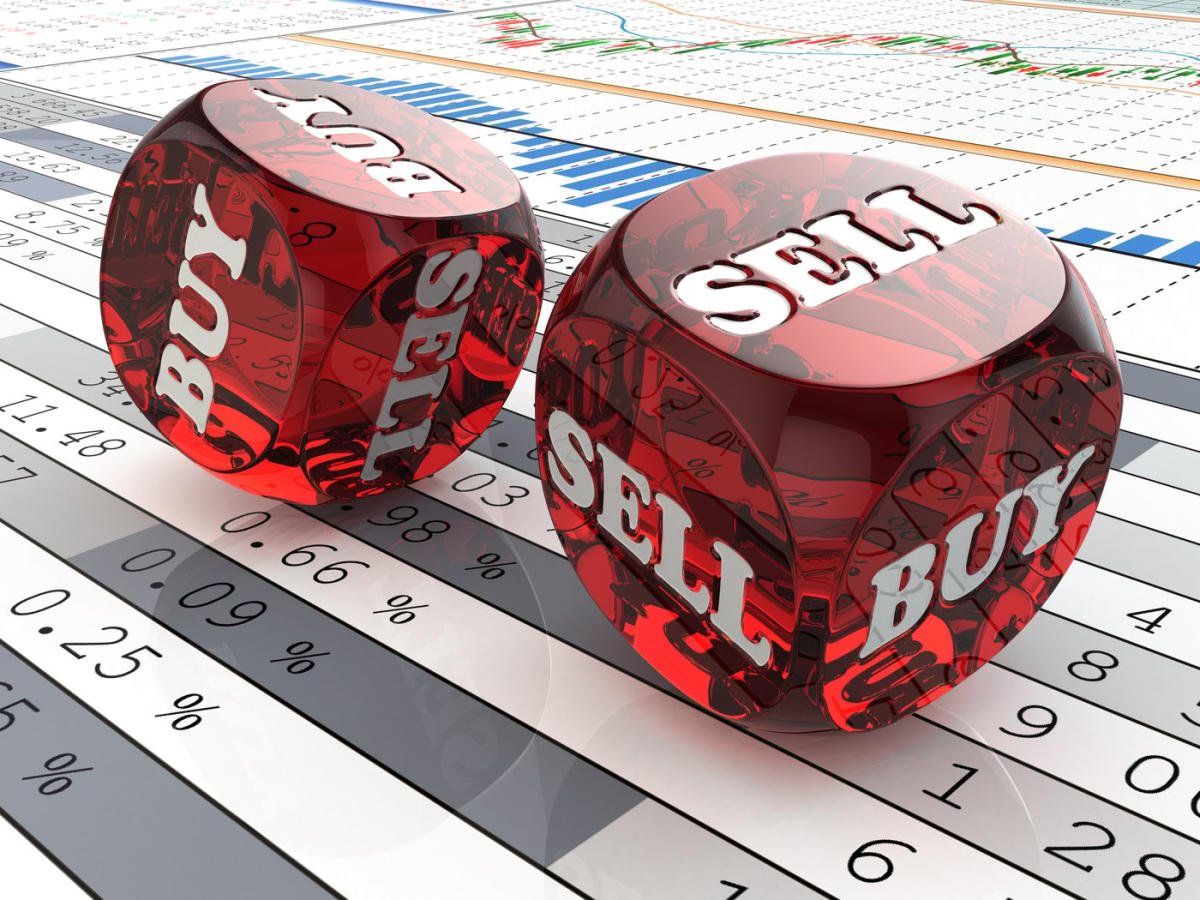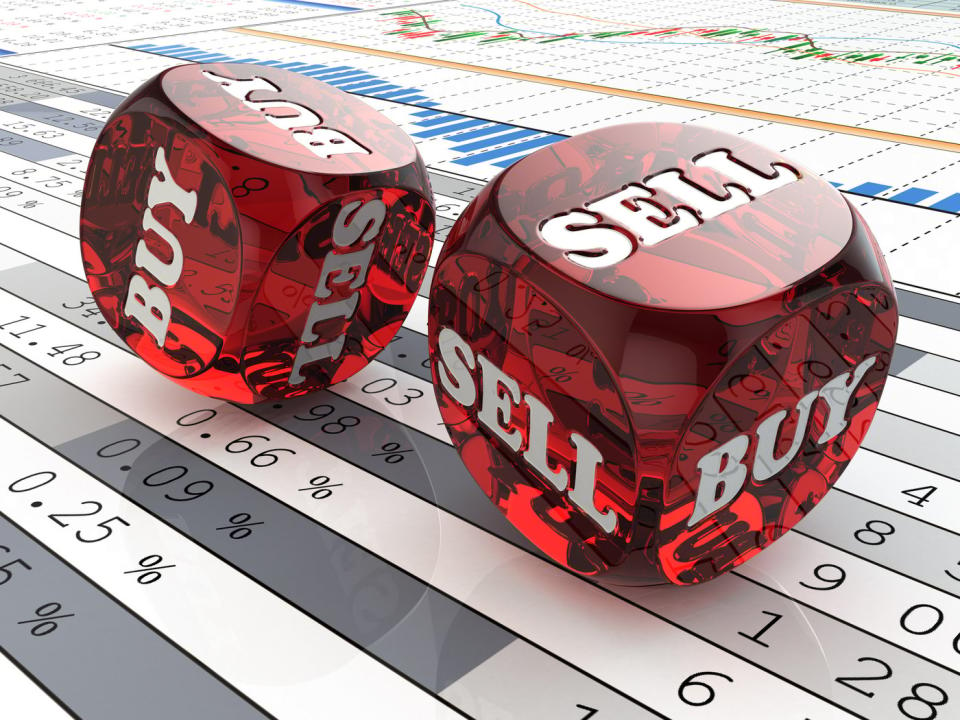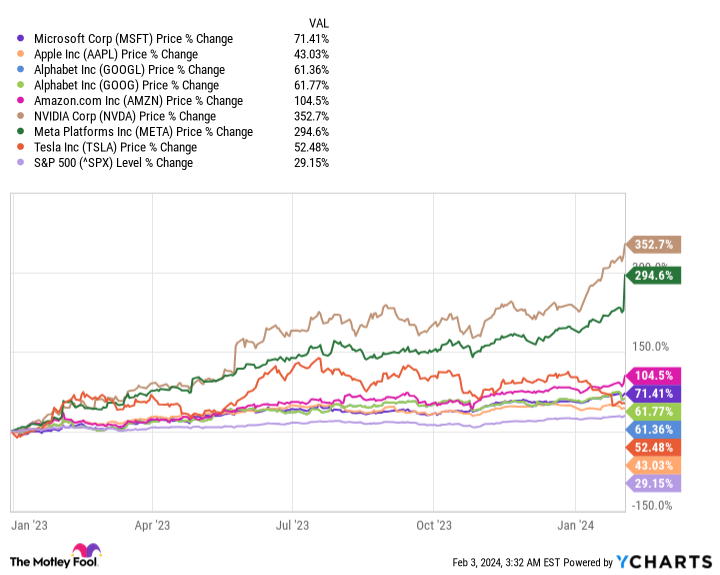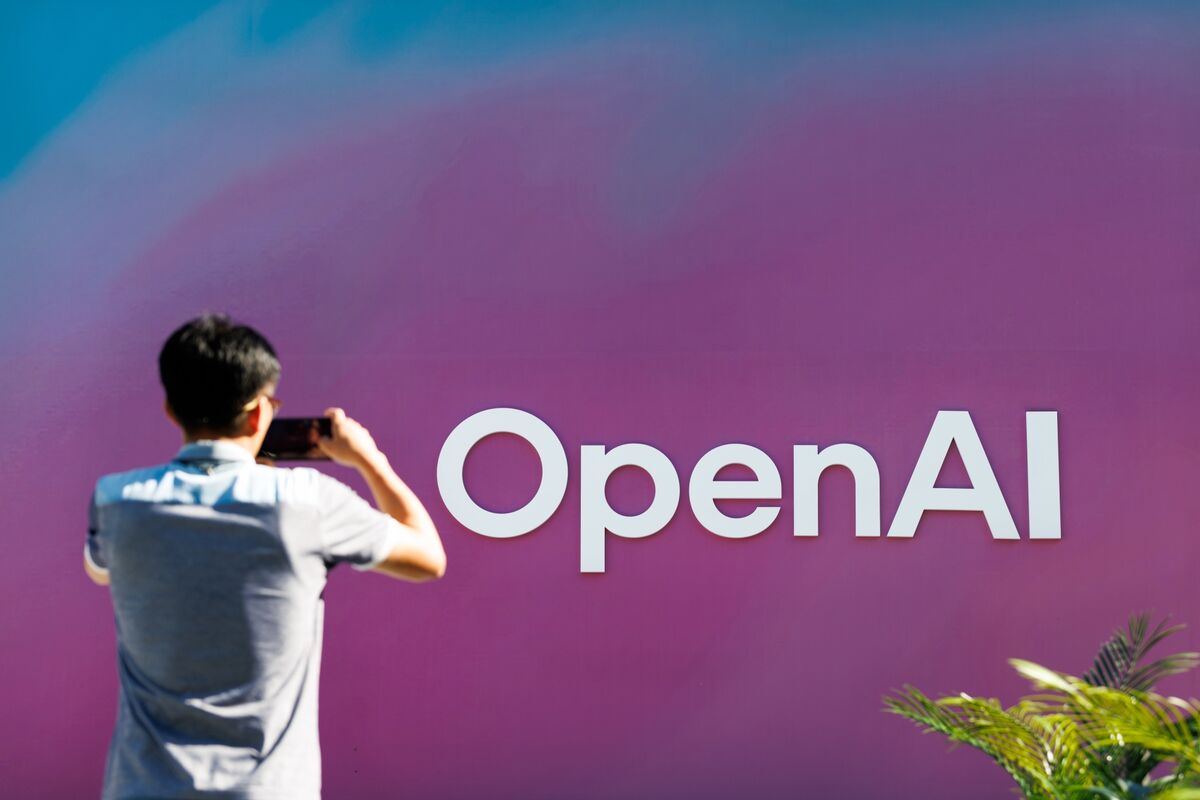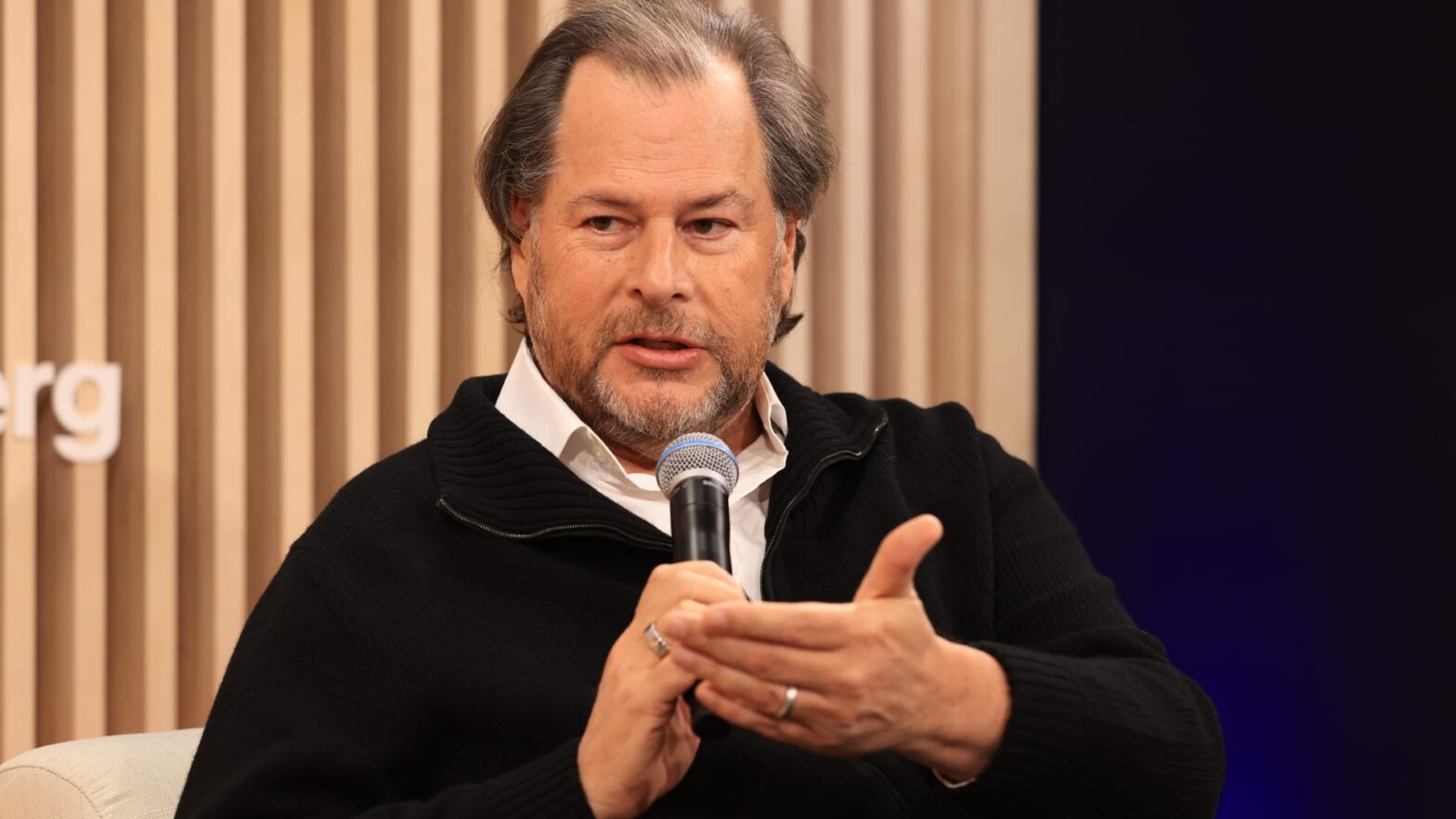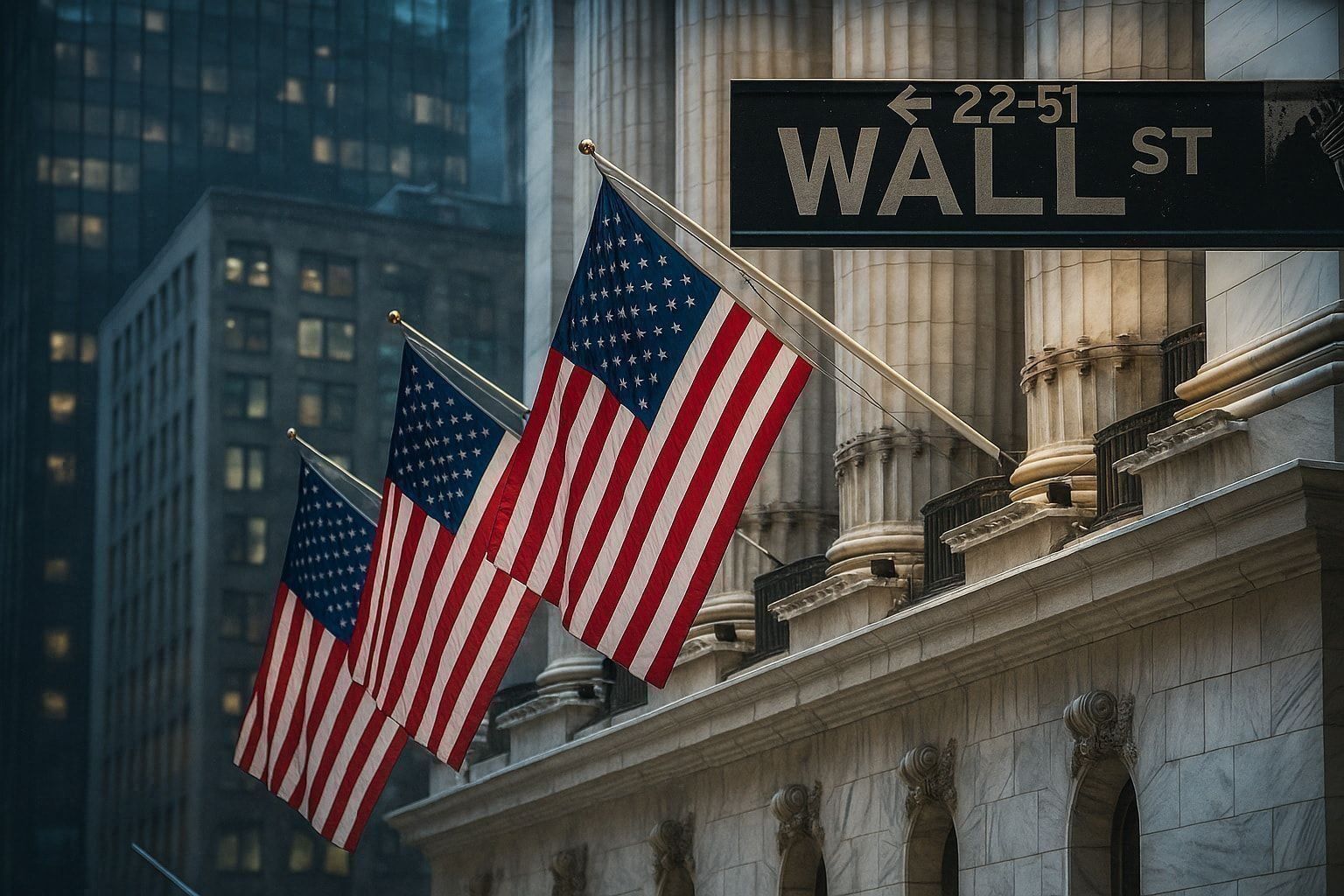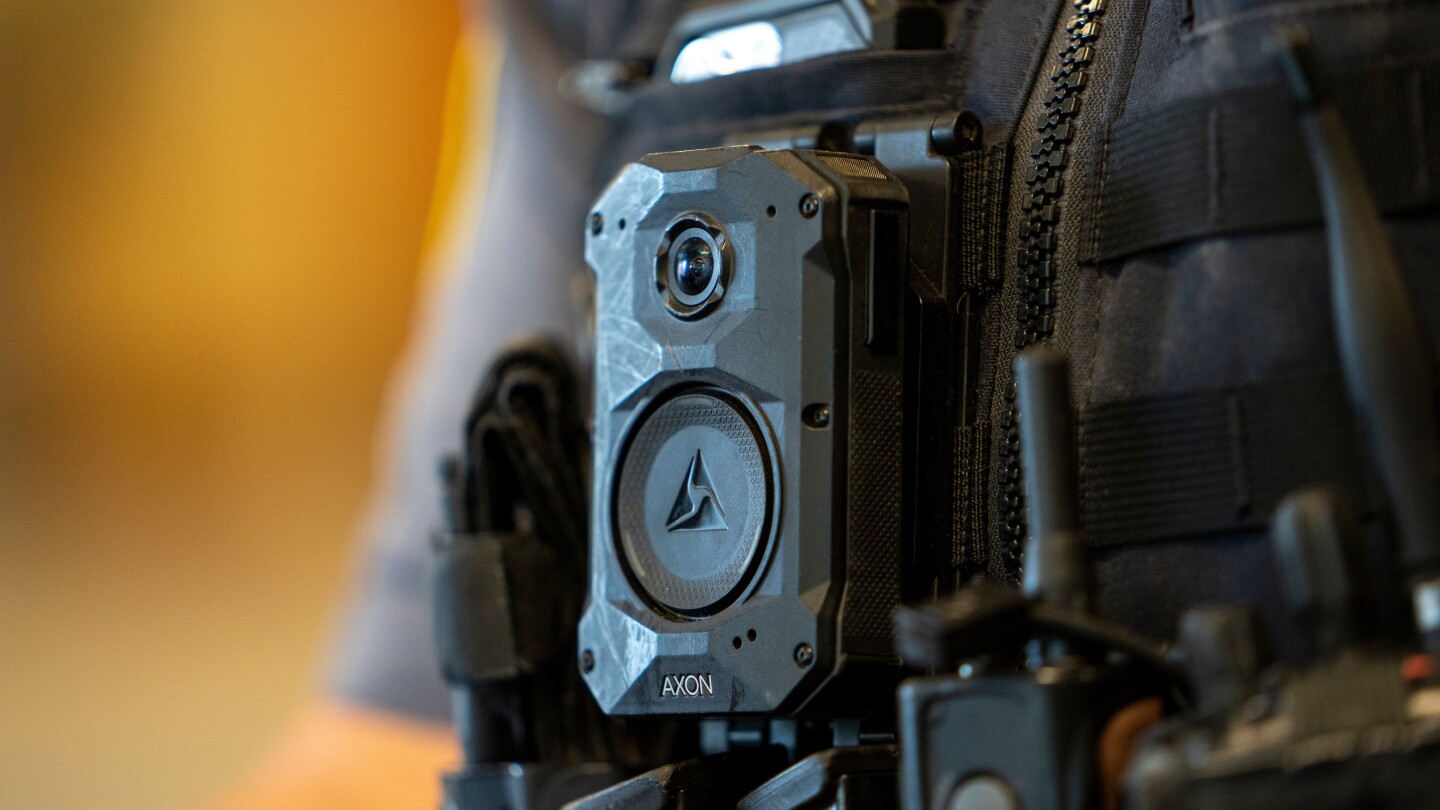Over the past four years, Wall Street has been a stomping ground for volatility. Beginning in 2020, the three major stock indexes have traded off bear and bull markets in successive years.
During periods of heightened volatility, it’s not uncommon for investors to seek out the safety of time-tested outperformers. While the “FAANG stocks” have certainly fit the bill since 2013, it’s the “Magnificent Seven” that now find themselves in the spotlight.
Investors have flocked to the Magnificent Seven stocks
When I say Magnificent Seven, I’m talking about:
-
Microsoft (NASDAQ: MSFT)
-
Apple (NASDAQ: AAPL)
-
Alphabet (NASDAQ: GOOGL)(NASDAQ: GOOG)
-
Amazon (NASDAQ: AMZN)
-
Nvidia (NASDAQ: NVDA)
-
Meta Platforms (NASDAQ: META)
-
Tesla (NASDAQ: TSLA)
These seven industry-leading businesses have vastly outperformed the benchmark S&P 500 since the start of 2023, and they all offer sustained moats and/or clear-cut competitive advantages that have made them attractive investments.
-
Microsoft’s Windows is still the undisputed leader in desktop operating systems, while Azure ranks No. 2 in global cloud infrastructure services market share.
-
Apple’s iPhone has been the domestic smartphone share leader for more than a decade. Meanwhile, Apple’s capital-return program is unrivaled by all other public companies.
-
Alphabet’s Google accounted for a monopoly esque 91.5% of worldwide internet search share in January 2024. Further, Alphabet is the parent of YouTube, the second most-visited social site, and Google Cloud, the global No. 3 in cloud infrastructure service share.
-
Amazon brought in nearly $0.40 of every $1 spent in U.S. online retail sales in 2022. It’s also the parent of Amazon Web Services (AWS), which is responsible for nearly a third of global cloud infrastructure service share.
-
Nvidia’s A100 and H100 graphics processing units (GPUs) are expected to account for around 90% of all artificial intelligence (AI)-inspired GPUs deployed in high-compute data centers in 2024.
-
Meta Platforms holds the top social media “real estate” on the planet. Facebook is the most-visited social site, while Instagram, WhatsApp, and Facebook Messenger, in combination with Facebook, help to collectively draw almost 4 billion users to Meta’s family of apps each month.
-
Tesla is North America’s leading electric-vehicle (EV) maker — nearly 1.85 million EVs produced in 2023 — and the only pure-play EV manufacturer that’s generating a recurring profit, based on generally accepted accounting principles (GAAP).
Despite the outperformance of the Magnificent Seven in 2023, their outlooks in 2024 (and beyond) notably differ. As we move forward into the shortest month of the year, one component stands out as exceptionally inexpensive, while another is rife with warning signs.
The Magnificent Seven stock to buy hand over fist in February: Alphabet
Among the seven widely owned companies that comprise the Magnificent Seven, none stands out as a smarter buy for investors right now than Alphabet.
Whereas most of the Magnificent Seven stocks have fared well during earnings season, Alphabet stock took it on the chin. Specifically, Wall Street was less than pleased with growth in the company’s core advertising segments.
Arguably the biggest concern for Alphabet is that nearly 76% of its $86.3 billion in total revenue from 2023 came from advertising. It’s no secret that advertisers will pare back their spending at the first hint of trouble for the U.S. or global economy. There are a couple of money-based metrics and recession-predicting tools that suggest a downturn in the U.S. economy is likely in 2024.
But it’s equally important for investors to take this guessing game in stride. Even though we can’t predict when recessions will occur, history pretty conclusively shows they don’t last very long. Nine of the 12 recessions since 1945 have ended in less than a year, with none of the remaining three surpassing 18 months. On the other hand, periods of expansion are known to last for years. Buying ad-driven leaders during periods of short-lived economic weakness has, historically, been a genius move.
It’s hard not to get excited about Alphabet when its foundational cash-cow segment appears impenetrable. As noted, Google accounts for 91.5% of worldwide internet search share. You have to go back almost nine years to find the last time Google didn’t comprise at least 90% of global search on a monthly basis. It’s the undisputed leader in search, which makes it a hot commodity for businesses wanting to target their advertising. In short, it gives Alphabet virtually unparalleled ad-pricing power.
However, Alphabet’s future cash-flow drivers are likely found in its ancillary operating segments. Daily views of YouTube Shorts catapulted from 6.5 billion in 2021 to more than 50 billion by early last year. This new monetization channel has been a nice lift for YouTube’s ad revenue.
Meanwhile, Google Cloud just delivered its fourth consecutive quarter of operating income following years of operating losses. Enterprise cloud spending is still in its early innings, which suggests there’s a double-digit, exceptionally high-margin growth opportunity to be had with cloud infrastructure services.
But the top selling point for Alphabet might just be that it remains cheap. Its forward price-to-earnings (P/E) ratio of 18 is actually lower than the forward P/E of the benchmark S&P 500 — despite Alphabet’s offering a higher growth rate. Furthermore, it’s valued at less than 13 times forward-year cash flow, which compares to an average cash flow multiple of 18 times over the previous five years.
Tack on a $97.7 billion net cash buffer and it’s easy to see why Alphabet is a screaming bargain in February (and beyond).
The Magnificent Seven stock to avoid like the plague in February: Nvidia
However, not all of the Magnificent Seven stocks are worth buying. In February (and likely beyond), semiconductor giant Nvidia is worth avoiding.
Nvidia’s claim to fame has been the rapid ascent and uptake of AI solutions. Nvidia’s A100 and H100 GPUs have, thus far, handily outperformed the competition, which has allowed the company to absolutely dominate in AI-accelerated data centers.
One of the more exciting developments in calendar year 2024 for Nvidia is a meaningful uptick in A100 and H100 output. Chip fabrication giant Taiwan Semiconductor Manufacturing is rapidly increasing its chip-on-wafer-on-substrate capacity, which will allow Nvidia to supply more of its game-changing AI chips this year.
I’d be remiss if I didn’t also mention that Nvidia has benefited immensely from A100 and H100 GPU scarcity. Through the first-half of fiscal 2024 (Nvidia’s fiscal year ends in late January), Nvidia’s cost of revenue actually declined. In other words, the entirety of the company’s data-center revenue growth came from exceptionally strong pricing power.
While there’s no denying Nvidia has made its shareholders richer, there are a number of potential red flags.
To begin with, Nvidia’s gross margin is liable to come under pressure in fiscal 2025 as output of its A100 and H100 GPUs increases. As scarcity of its AI-GPUs wanes, there’ll be less of a reason for businesses to pay a premium price for these chips. In short, Nvidia may be its own worst enemy — at least from a margin standpoint.
It’s also increasingly likely that Nvidia’s market share of GPUs used by AI-accelerated data centers has peaked or is very near a peak. Advanced Micro Devices introduced its MI300X AI-GPU last year and plans to ramp up the rollout of this Nvidia competitor in 2024. In December, Intel unveiled its generative AI Gaudi3 chip to compete with Nvidia’s H100 chip. Gaudi3 is expected to launch sometime this year. AMD and Intel shouldn’t have trouble grabbing share from Nvidia.
U.S. regulators have given investors another reason to keep their distance from Nvidia. On two separate occasions, regulators have restricted the chips Nvidia could export to China, the world’s No. 2 economy by gross domestic product. Even the slower GPUs Nvidia crafted for China failed to garner a thumbs-up from U.S. regulators for export. These restrictions have the potential to cost Nvidia billions of dollars in sales each quarter.
The final straw for Nvidia is that every next-big-thing investment trend over the past 30 years has resulted in an initial bubble-bursting event. This is to say that investors have always overestimated the uptake of a new innovation or technology. I don’t anticipate AI or its poster child (Nvidia) being exceptions to the rule.
At more than 61 times estimated cash flow in fiscal 2024, and with a laundry list of red flags, Nvidia makes for an easy avoid in February.
Should you invest $1,000 in Alphabet right now?
Before you buy stock in Alphabet, consider this:
The Motley Fool Stock Advisor analyst team just identified what they believe are the 10 best stocks for investors to buy now… and Alphabet wasn’t one of them. The 10 stocks that made the cut could produce monster returns in the coming years.
Stock Advisor provides investors with an easy-to-follow blueprint for success, including guidance on building a portfolio, regular updates from analysts, and two new stock picks each month. The Stock Advisor service has more than tripled the return of S&P 500 since 2002*.
*Stock Advisor returns as of January 29, 2024
Suzanne Frey, an executive at Alphabet, is a member of The Motley Fool’s board of directors. Randi Zuckerberg, a former director of market development and spokeswoman for Facebook and sister to Meta Platforms CEO Mark Zuckerberg, is a member of The Motley Fool’s board of directors. John Mackey, former CEO of Whole Foods Market, an Amazon subsidiary, is a member of The Motley Fool’s board of directors. Sean Williams has positions in Alphabet, Amazon, Intel, and Meta Platforms. The Motley Fool has positions in and recommends Advanced Micro Devices, Alphabet, Amazon, Apple, Meta Platforms, Microsoft, Nvidia, Taiwan Semiconductor Manufacturing, and Tesla. The Motley Fool recommends Intel and recommends the following options: long January 2023 $57.50 calls on Intel, long January 2025 $45 calls on Intel, and short February 2024 $47 calls on Intel. The Motley Fool has a disclosure policy.
1 “Magnificent Seven” Stock to Buy Hand Over Fist in February, and 1 to Avoid Like the Plague was originally published by The Motley Fool

